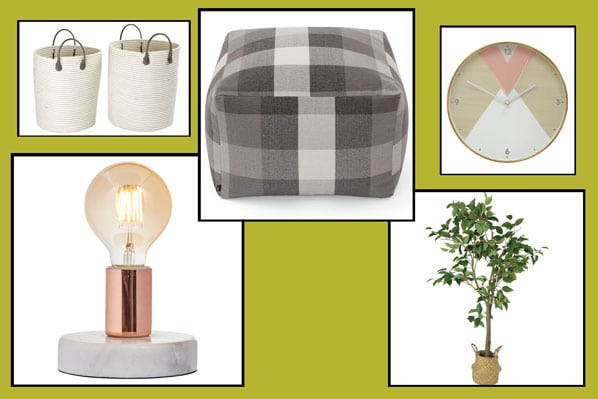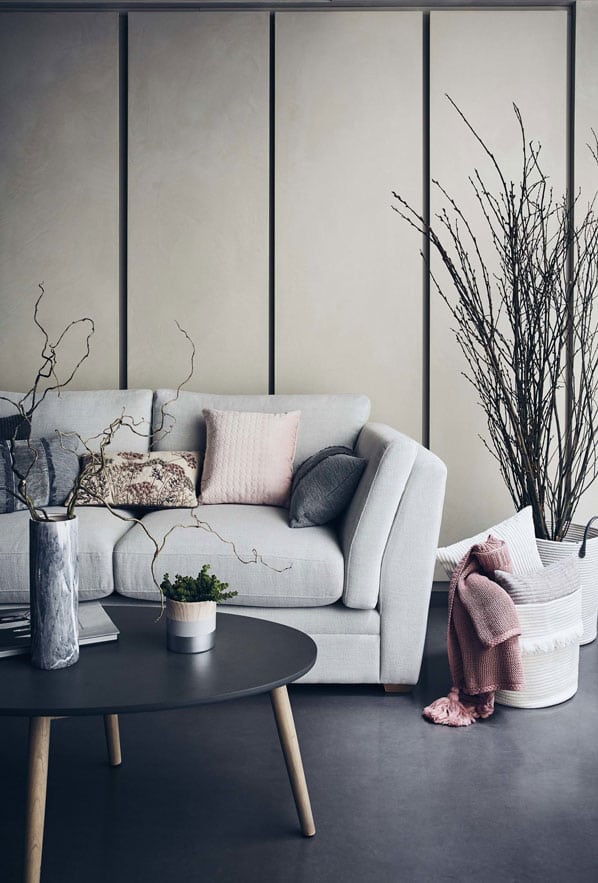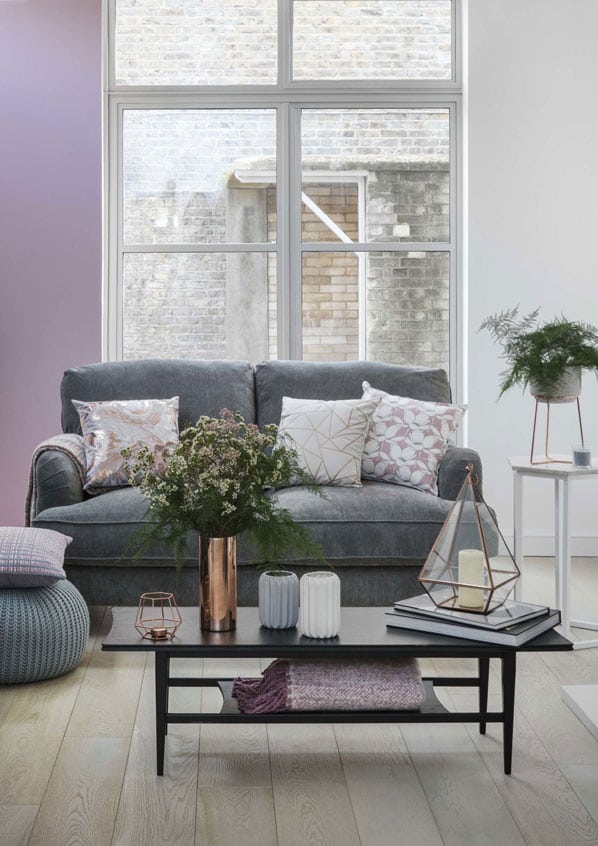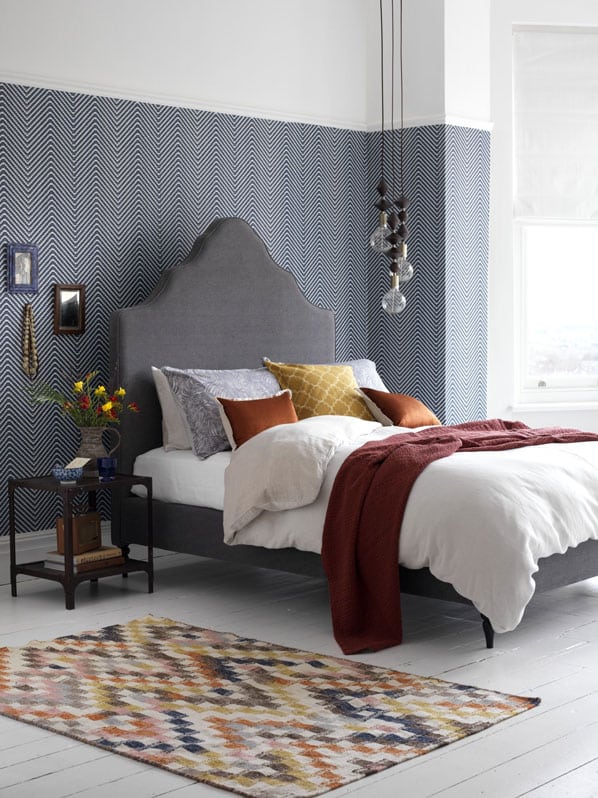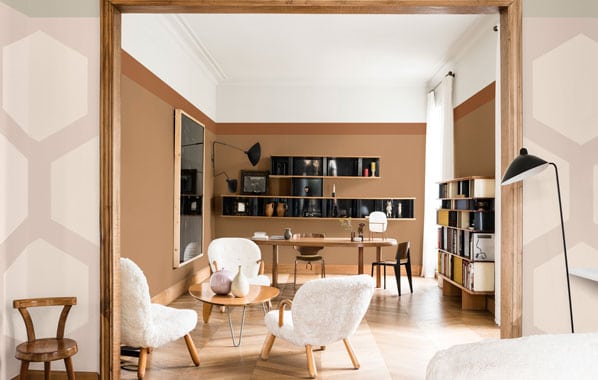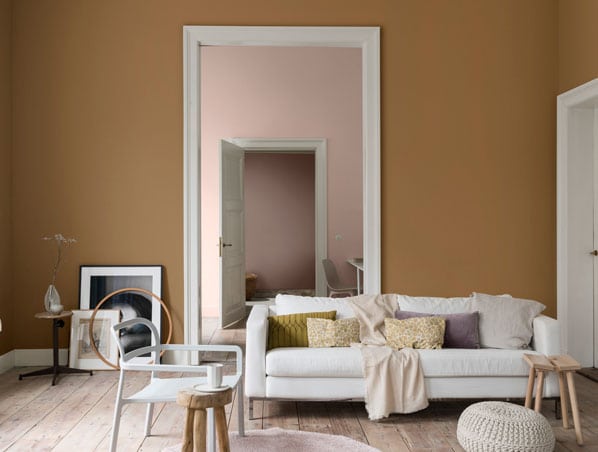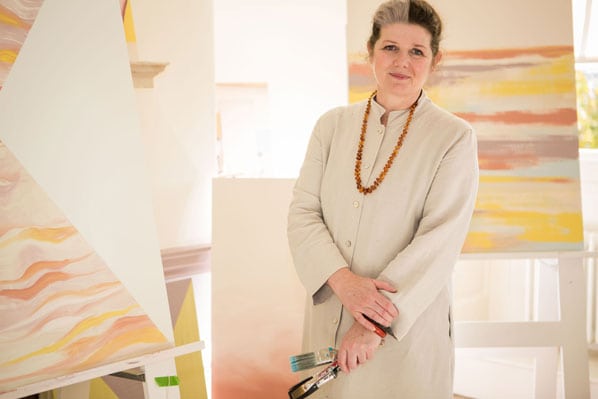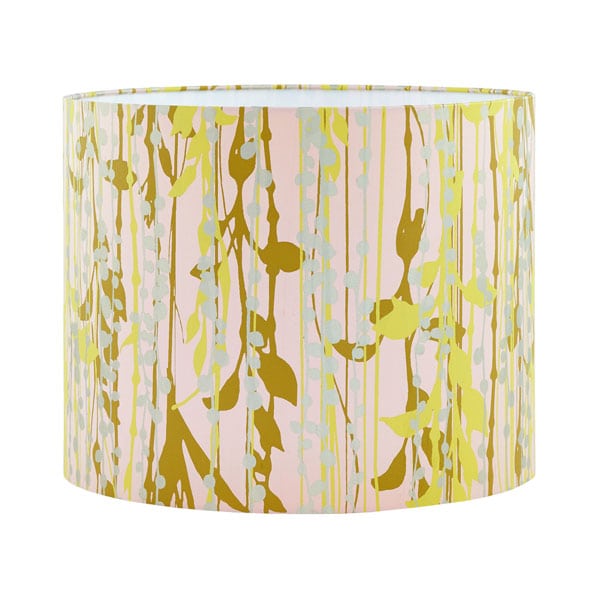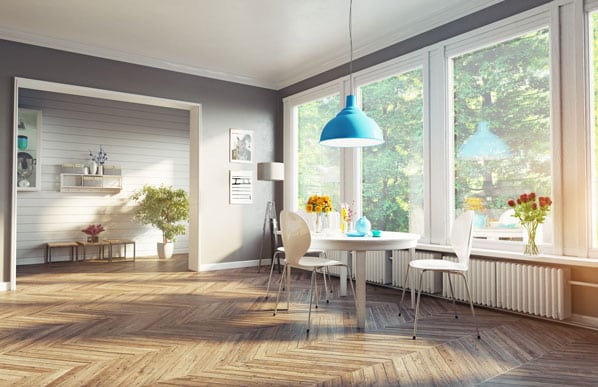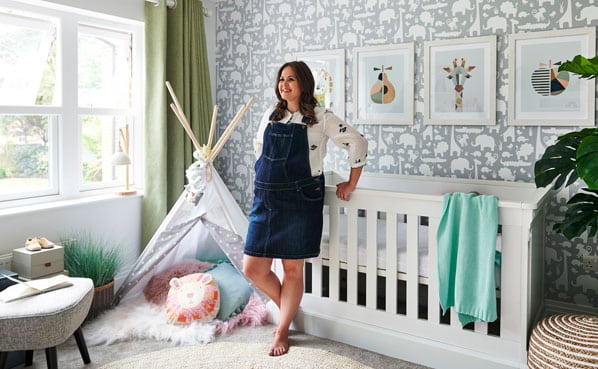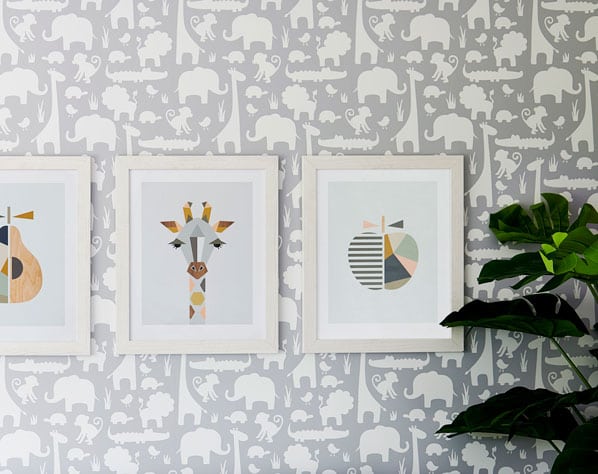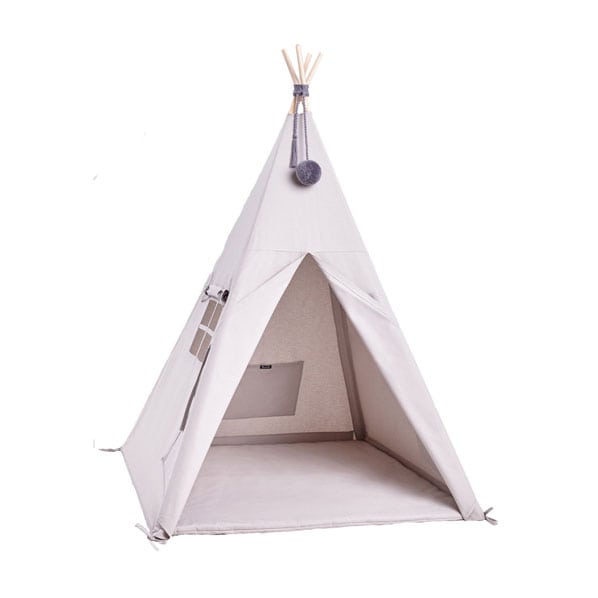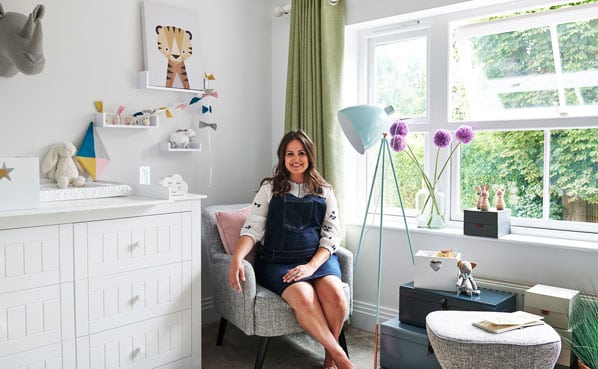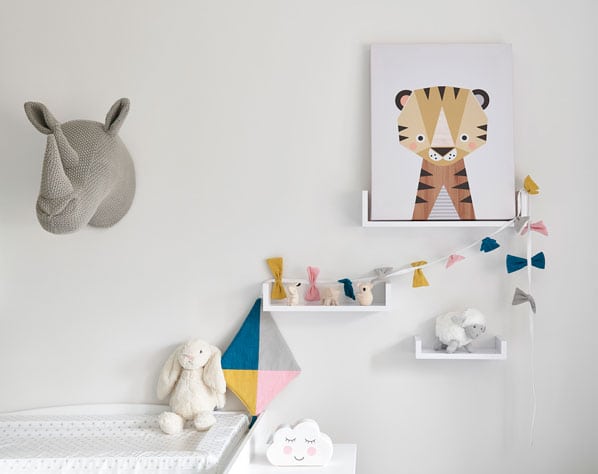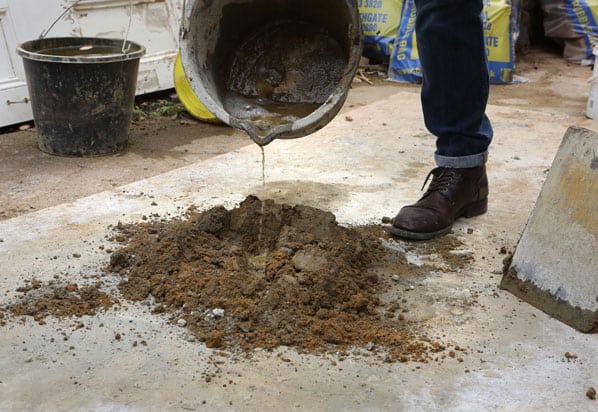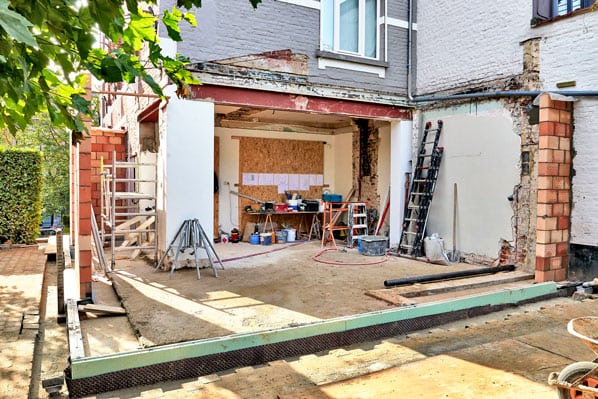Getting in the Halloween spirit? Hannah Stephenson reveals some of the 'foul and creepy' specimens that could be lurking in your hedges and borders...
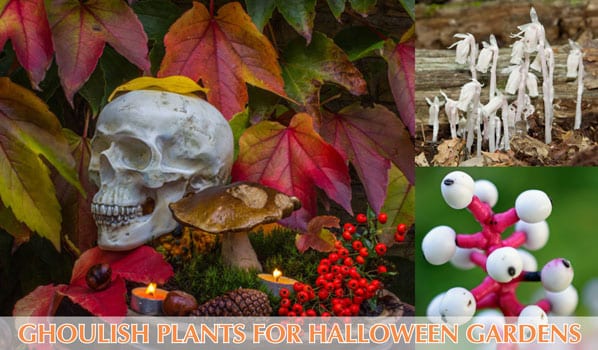
Mischievous trick-or-treaters dressed as ghosts and ghouls may be on the prowl on your doorstep this Halloween – but step into your garden and you might find some spooky spikes, noxious nasties and creepy creepers lurking in your borders.
Some plants can sting, burn, cut or emit an acrid, foul-smelling odour. Others have sinister-sounding names or connections with witches or the devil, while there are some which are said to help ward off evil.
Get yourself into the mood for Halloween with this guide to horticultural horrors…
1. Eye-poppers
When you see the spooky white berries with a single black spot emerging from red stems, you can understand why this sinister-looking plant is nicknamed the Doll’s Eye (Actaea pachypoda). All parts of this herbaceous perennial are poisonous and when ingested can cause hallucinations.

2. Strangling suspects
Also known as strangleweed, devil’s guts, witches shoelaces and devil’s ringlet, but better known as dodder (Cuscuta), this pernicious relative of bindweed twines itself round a host plant and inserts itself into the host’s vascular system – sucking out everything it needs to live and killing its plant victim in the process.

3. Prickly subjects
Among the most prickly of plants is the hawthorn. As a thorny hedge, it will stab its thorns into your fingers, even when you’re wearing the toughest gloves, and mature plants will even pierce the soles of gardening shoes – although on the plus side, a hawthorn hedge can also deter even the most persistent burglar.
Other prickly candidates include creeping juniper, common holly, firethorn (pyracantha), juniper and purple berberis.

4. Toxic terrors
Aconitum, also known as monkshood or wolfsbane, is among the most toxic of plants, with ingestion of even a small amount causing severe stomach upsets. But it also slows the heart rate, which can prove fatal.
You don’t just have to eat it to suffer the symptoms. The poison can be absorbed through the skin, via open wounds, and there have even been reports of people feeling unwell after smelling the flowers.

5. Foul smelling specimens
Then there are the plants which literally smell like rotten corpses. The stinking iris, Iris foetidissima, for example, absolutely reeks. If you can stand the smell, or remain downwind from it, this bulb puts on a spectacular display in autumn and winter, when its gigantic seed pods burst open to reveal brilliant orange and sometimes red seeds.
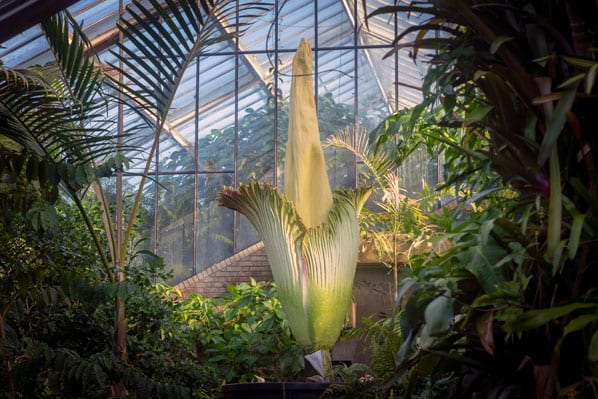
6. Acrid arums
The titan arum (Amorphophallus titanum), also known as the ‘corpse flower’ as it smells like decomposed bodies when in flower, is nevertheless beautiful, growing up to 3m tall, its gigantic crimson flower spanning 3m, and is a great magnet for pollinating insects.
This acrid arum prefers the rainforests of Sumatra as its natural habitat, although you can admire it in the exotic sections of botanical gardens such as the Eden Project in Cornwall and at Kew, where it’s currently flowering.
Others in the bad smells league include Eucomis bicolor, the pineapple lily, and the dead horse arum (Helicodiceros muscivorus), named for obvious reasons.
7. Ghostly apparitions
The ghost plant (Monotropa uniflora), an eerie white specimen found in shady woods is a rare sight.
It has no chlorophyll, the chemical that allows plants to absorb energy from the sun and typically gives plants their green colour. In fact, the ghost plant is a parasite which sucks on fungi connected to a host plant, which is usually a nearby tree. The fungi acts as the middleman for the nutrients provided by the tree.

8. Bizarre bulbs
While many bulbs bring heady fragrance, including the sweetly-scented hyacinth, others have pretty horrible odours, including the imposing crown imperial (Fritillaria imperialis). But don’t let the smell put you off too much, because its impressive orange flowers make more of a statement than its whiffy pong.
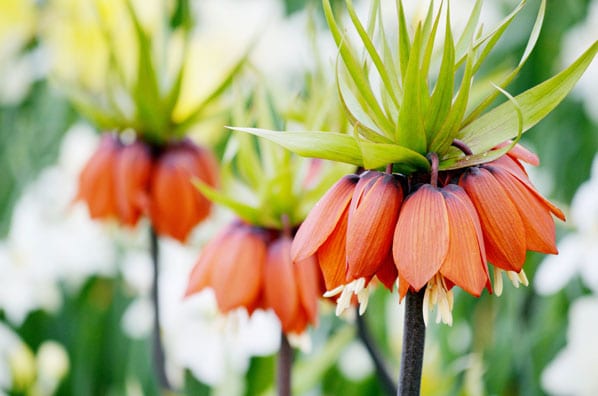
9. Poisonous potions
No Halloween would be complete without its share of witches, whose potions have been linked with some of our most common plants. Hemlock, for instance, is highly poisonous and closely linked with witchcraft. It doesn’t look significantly different from the hedge parsley or cow parsley which grows along roads, ditches, trails, or the edges of fields.
Its white flowerheads resemble those of parsnips, carrots or angelica, while the bright green leaves are deeply-cut, even feathery and delicate. Yet all plant parts are poisonous, with the seeds containing the highest concentration of poison, causing toxic reactions.
Deadly nightshade (Belladonna), another common plant often found in hedgerows, was one of the main ingredients in witches’ brews during the Middle Ages, while blackthorn is often referred to as a witch’s tree. As late as the 1940s, anyone seen to carry a blackthorn walking stick was suspected of being a witch.

10. Warding off evil
Plants including rowan (Sorbus aucuparia), hazelnut (Corylus avellane) and elderberry (Sambucus nigra) were once thought to be ‘magical’ trees and shrubs, which could ward off witches and evil spirits.
Ancient Celts believed rowan berries gave good health, and that if you planted them near grave sites, they would help the dead sleep.
People would use branches as dowsing rods and make crosses of rowan twigs to protect themselves on Halloween, while in old Europe, householders would put elderberry branches above their doorways to protect their homes from malevolent spirits. Strands of hazelnuts, worn or kept in the home ,were said to bring good luck.


